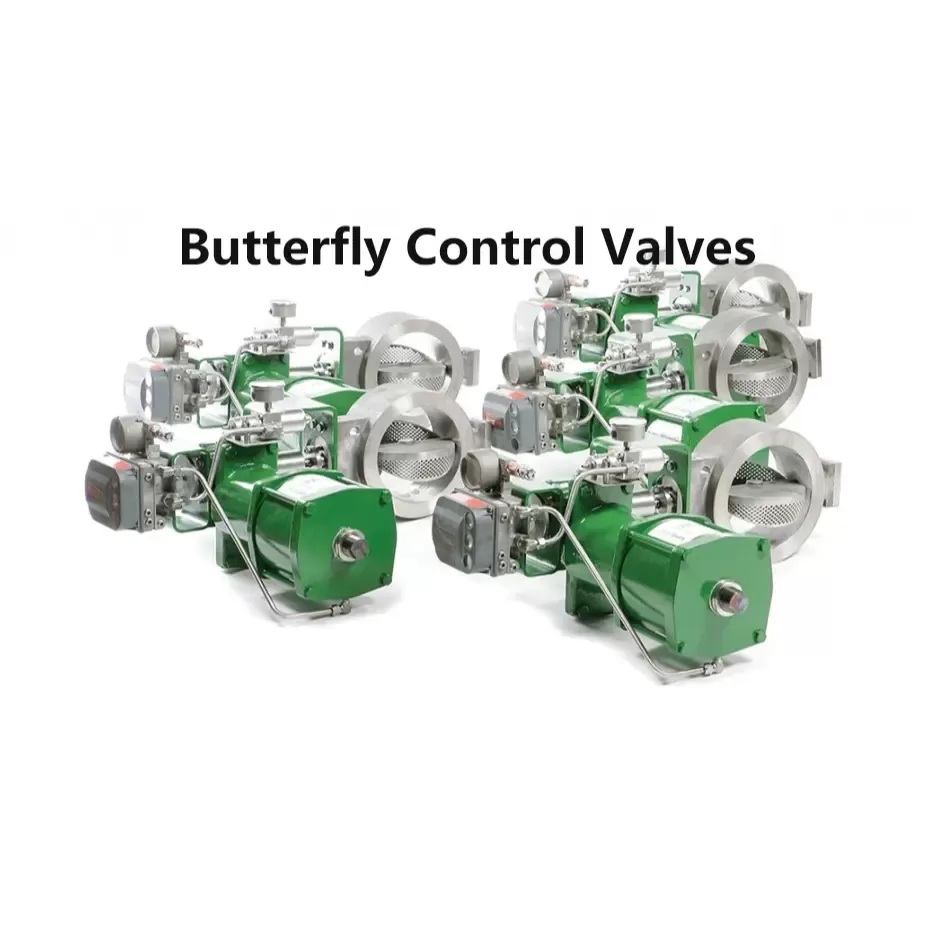Notifications

4 minutes, 16 seconds
-13 Views 0 Comments 0 Likes 0 Reviews

Butterfly control valves are widely appreciated in industrial applications for their ability to balance efficiency, cost-effectiveness, and versatility. Here’s a recap of the benefits and applications they provide:
Butterfly control valves are excellent at providing precise flow control in various operational cycles. Their quick response to control signals makes them indispensable in applications like wastewater management, water distribution, and other fluid handling systems. The valves’ ability to seal efficiently against various service media ensures that they maintain reliable operation in critical systems.
The design of butterfly control valves is inherently compact and lightweight compared to other valve types, such as ball or globe valves. This design reduces the need for heavy structural supports and contributes to a more cost-effective solution. They also require less maintenance, which further lowers operational costs.
The circular plate structure in butterfly control valves is ideal for managing flow effectively, especially in applications that handle large flow rates or suspended solids. While they work well in such environments, butterfly valves are especially advantageous in industries like agriculture and water treatment. However, their performance is best suited to lower-pressure systems due to limited pressure differential capabilities.
Butterfly control valves incorporate mechanisms to reduce unbalanced torque, making them ideal for high-pressure environments. The valves’ low opening and closing pressures also reduce the risk of water hammer, which can otherwise cause damage to valve components. Their ability to modulate and control flow allows for efficient operation, reducing energy consumption in systems under moderate to high-pressure conditions.
The simplicity of the butterfly valve design makes them easy to install, operate, and maintain, lowering the overall cost of ownership. Their initial cost is also generally lower than comparable-sized ball valves, which makes them an attractive option for budget-conscious projects. Additionally, their capability to be automated further enhances cost savings by reducing manual oversight.
Butterfly control valves typically require only a 90-degree turn for actuation, providing rapid sealing with minimal mechanical effort. Different types, such as zero-offset, double-offset, and triple-offset designs, are tailored to meet specific pressure requirements, with higher-offset designs capable of handling increased pressures. This adaptability ensures robust performance across a range of operational environments.
One of the key features of butterfly control valves is their ability to maintain consistent fluid pressures with minimal pressure drop. This contributes to quick energy recovery post-fluid passage, enhancing the overall efficiency of pump systems. By stabilizing fluid dynamics, butterfly valves help maintain operational efficiency over the long term.
Overall, butterfly control valves offer a balanced combination of versatility, efficiency, and cost-effectiveness. Their quick actuation, ability to handle large flow rates, and minimal operational requirements make them a great choice for industries such as wastewater management, water treatment, and various other fluid processing applications. As they provide a reliable, energy-efficient, and low-maintenance solution, they remain a top choice for engineers and managers seeking cost-effective, high-performance control systems.Know more about Google SEO Directory

